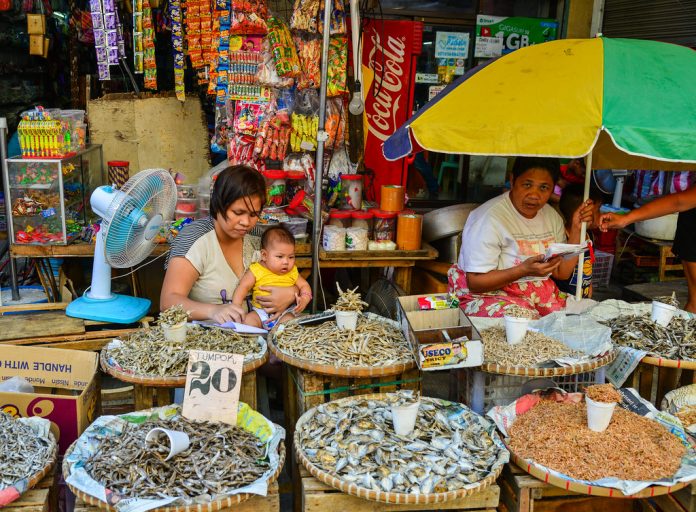
MANILA – The Philippines’ inflation rate is expected to return to its deceleration mode in the coming months after an uptick to 3.2 percent last May from only three percent last April.
In a report, Michael L. Ricafort, Rizal Commercial Banking Corporation (RCBC) Economics & Industry Research Division head, attributed the rise of domestic inflation rate to the impact of a weaker peso on imports in the early part of May, higher global oil prices and the dry season, which affected some agricultural products and the operations of hydropower plants.
“However, these were offset/mitigated by increased rice imports with the Rice Tariffication Law and other non-monetary measures to increase food/rice supply to lower prices and better manage inflation since the latter part of 2018,” he said.
Ricafort expects the resumption of slowdown of inflation rates in the coming months, with the decline forecast to be faster due to elevated inflation rate last year.
He said that a one-percent level inflation rate in the third quarter or early fourth quarter is even possible.
Last year, inflation peaked at 6.7 percent in September and October.
Ricafort said adequate rice supply due to larger imports and higher harvest during the summer is expected to further ease inflation rate in the coming months since rice accounts for around 10 percent of the inflation index.
“Further easing in local monetary policy by way of another cut in policy rates remains possible as early as the next rate-setting meeting in June 20, 2019 (or in subsequent months),” he said.
He added that possible reduction in the Federal Reserve’s key rates this year is also a plus on the BSP policy rates.
Also, ANZ Research forecasts average inflation in the Philippines this 2019 to be at the mid-point of the government’s two to four percent target band despite the marginal uptick last May.
The economic research firm traced the higher inflation rate last month partly to the El Niño but pointed out that “weaker demand pressures and a high base effect will likely keep annual inflation in check.”
“As such, we continue to expect headline inflation around the mid-point of the target band,” it said but added that “impact of the El Niño poses a key risk to the inflation outlook.”
Relatively, ING Bank Manila senior economist Nicholas Mapa said food inflation will be a key factor in the country’ headline inflation for the remainder of the year, but believes the final numbers will still remain within government’s target.
He added that this development will be closely monitored by the BSP vis-à-vis their decisions on the policy rates. (PNA)



